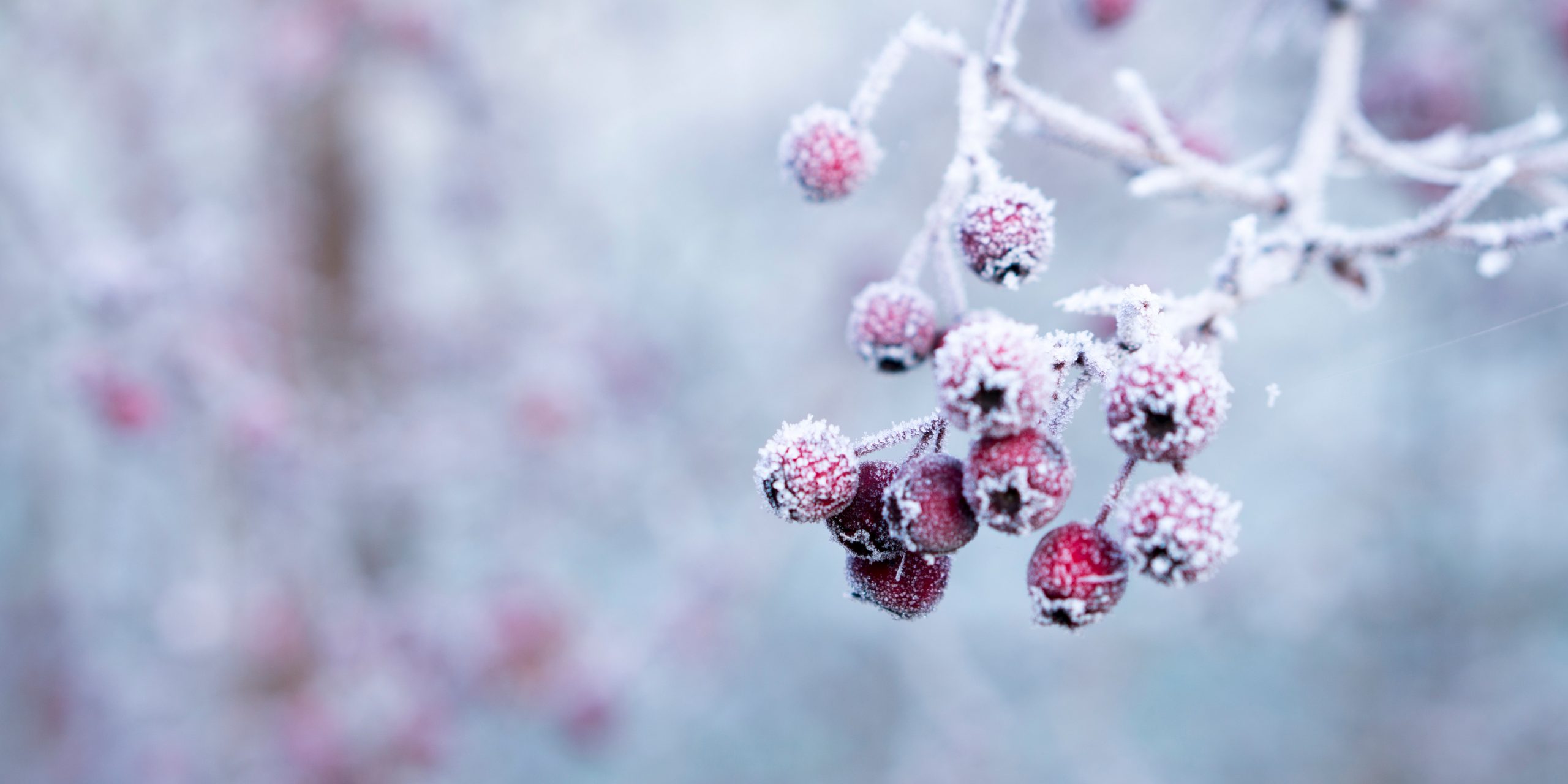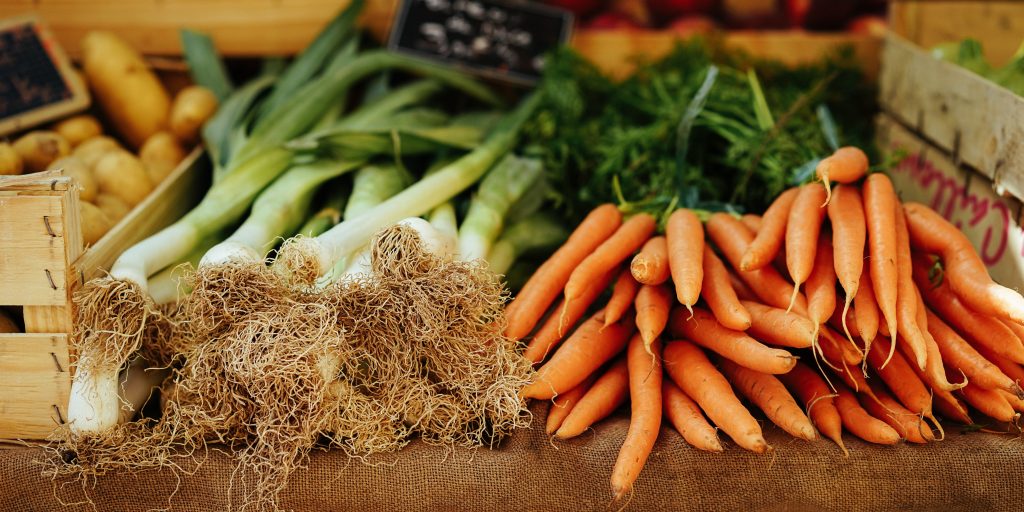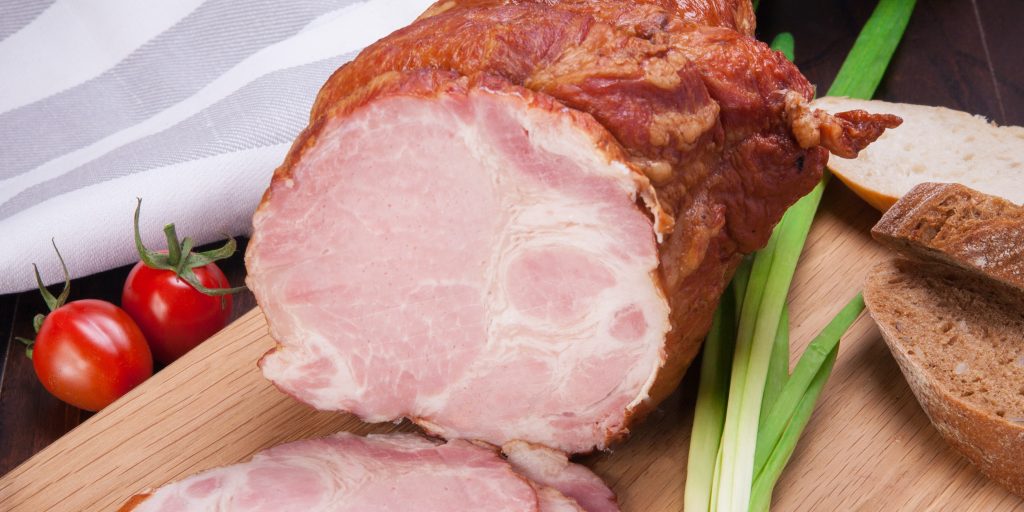
Local food in summer is easy to get and delicious. But now most markets and CSAs are winding down, and you might be looking to see how you can keep eating local food during winter too.
One great way to enjoy local food during winter is to preserve or store it from the summer and fall. Everyone has a freezer and can freeze some fruits, tomatoes, or other vegetables. Some will be able to provide cold storage like a root cellar for squashes, or apples.
You can try other ways to enjoy local food during winter. Try joining a winter CSA or visit the few winter farmers markets. Use the supermarket in the meantime but start thinking about how you might change things next year.
Gaining new skills in the kitchen can help you better use your local foods next year. Learn to bake with fresh flour, try storing and cooking some winter squash, try out local meats.
Enjoying local food during winter takes a bit more work, but it is possible to eat local all year long!
Buying Local Food During Winter
There are local farmers markets you can visit and enjoy all year long. Unfortunately, there are not many winter markets in Baltimore. Most are in the DC suburbs.
Hopefully, as demand for local food grows, more winter options will become an option. If there are no markets near you, I encourage you to look for local winter CSAs or to look for local farms that sell online.
Half of the ten winter CSAs sell some type of produce, and the majority sell meat. Meat is an easy product to sell year round for a winter CSA, but it is much harder to offer fresh produce.
Both winter CSAs and markets may offer cold storage produce like apples, potatoes and onions, or hydroponic and greenhouse grown greens and herbs.
The farmers markets in winter will have fewer vendors and less products to sell. It is a great time to try new things. Talk with your farmer at your winter CSA about unfamiliar foods and learn about them and how to cook them.
You may also want to ask your farmer if they grow or produce all they sell. Even if they supplement with other products, supporting them will help them make it through the season and able to offer more local foods in the future.
You may be able to find greens, carrots, potatoes, onions, beets, garlic, and more. There may be cabbage, kale, parsnips and rutabagas as well. Some local food during winter will be sweeter due to the cold.
Anything that stores well in a root cellar may also appear, including winter squash, apples and pears. Ask your farmer how best to store these cold storage crops so you can enjoy them best.
It’s possible you can find hydroponically grown cucumbers and tomatoes as well, along with fresh greens like spinach and lettuce.
Meats should be easy to find in winter, as they are frozen already. But hens don’t lay much in winter, so eggs might be harder to find.
You should also find preserved foods, like canned jams or sauces. Dried herbs, baked goods, flours, and honey may also be found.
Using Your Preserved Local Food During Winter
If you have preserved a lot of food, how can you make sure you eat it all before next season? What lasts the longest? What do you have the most of?
Meal planning is the key to using your preserved foods, as well as keeping an inventory of what you have and when it needs to be used by.
Home canned food may last a long time, but you don’t want to find three year old jam hidden in your pantry. The goal is to use it up before next summer’s markets and gardens start up.
You can use your canned vegetables alone or in soups or stews. Use canned fruit as a snack, in a smoothie, or in breakfasts or desserts. Jams work well as marinades as well as desserts or breakfast foods. Try mixing them with cream cheese as a spread for crackers.
Dried foods can also last a while. Jerky and fruit leathers do not last as long, but dried vegetables and fruits do. Keep an eye on them so they don’t attract bugs, and use fruits as snacks or in baked goods, and vegetables in soups and stews.
Frozen foods are the easiest way to save food for later for most people. It is easy to lose things in a freezer, so keep an inventory outside of your freezer with dates so you don’t waste your delicious food.
Frozen meats, fruits, vegetables can all be used in any manner of cooked dish. You can also meal plan with already made frozen meals or set up for easy slow cooker meals.
Even without a root cellar, you may be able to store many fall vegetables and fruits in your own home or garage for longer. Since they stay fresh, you can use them in any meal.
Whatever you have stored, plan to use. Have a list of recipes you can make that use up each item throughout the winter, so your pantry and freezer are empty when the markets open up again next spring!
Planning for Next Year
The cold winter months are a great time to start thinking about how you can improve your cooking skills and how you might preserve local foods better for next year. You might get a freezer, or plan a garden. You might learn to make sourdough or learn to ferment some sauerkraut.
In Maryland, fall is the time to plant spring blooming perennials for next year. It is also a great time to prep a new garden bed for next spring.
Now is the time to think about how your garden produced. What did great, and what didn’t? What did you enjoy the most? How can you improve next year so you can harvest the most of what you like to eat?
If you were part of a CSA, how did you enjoy it? How might you change it? Did you get enough or too much, and is that CSA a good fit for you and your family?
I hope you enjoyed all the local food that the had to offer this year!





